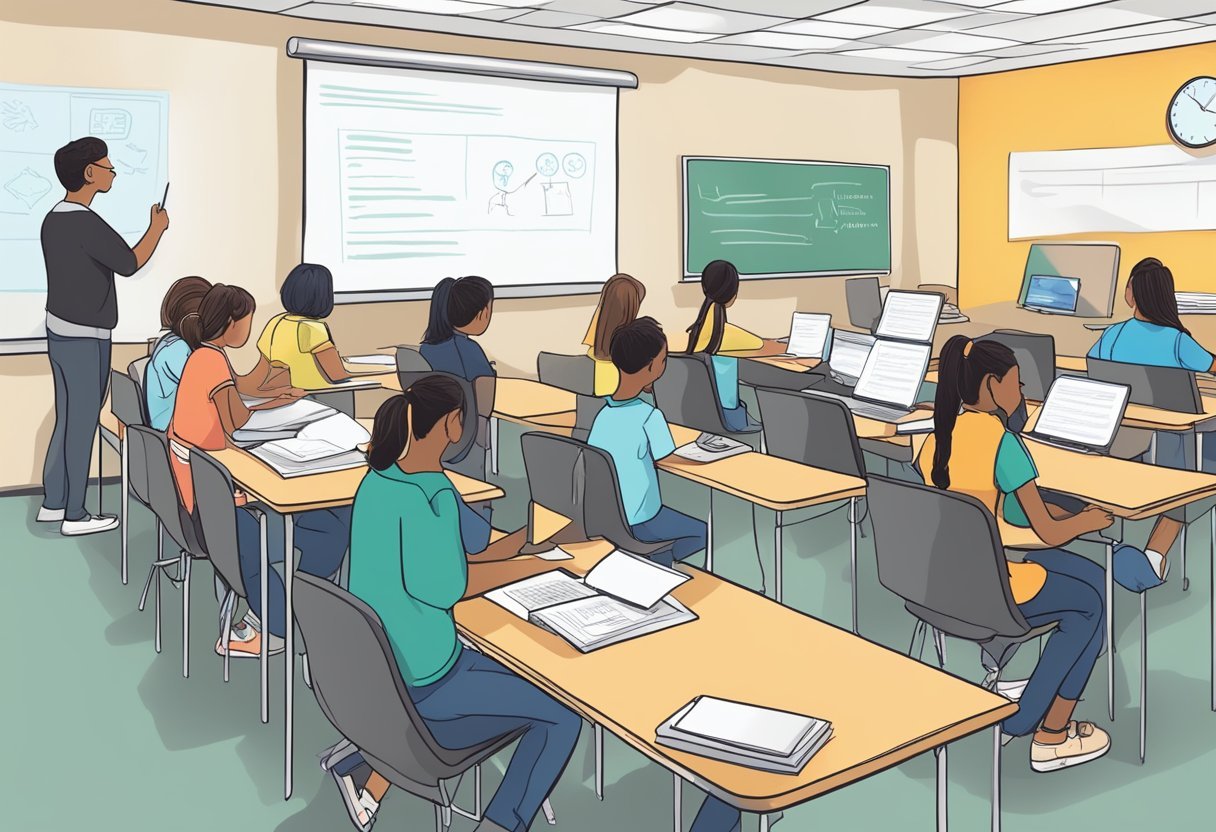Alternative Assessments: Authentic Evaluation Strategies for the Modern Classroom

In an era where education increasingly focuses on developing critical thinking, creativity, and real-world application skills, traditional testing methods often fall short of measuring what truly matters. Alternative assessments have emerged as powerful tools that provide more authentic, comprehensive evaluations of student learning. Unlike conventional tests that primarily measure recall and recognition, alternative approaches ask students to create, perform, or produce something that demonstrates deeper understanding and application of knowledge.
The limitations of traditional testing have become increasingly apparent to educators worldwide. Multiple-choice exams and standardized tests, while efficient and easily quantifiable, often fail to capture students’ ability to think critically, solve complex problems, or apply knowledge in meaningful contexts. They can also create significant test anxiety, disadvantage students with diverse learning styles, and encourage surface-level studying rather than deep engagement with material. Perhaps most concerning, traditional assessments frequently measure test-taking ability as much as actual content mastery.
Assessments that offer alternatives to these traditional approaches provide more accurate and equitable measures of student learning, allowing educators to evaluate not just what students know, but what they can do with what they know. These methods align more closely with contemporary educational goals of preparing students for complex, ever-changing future environments where rote memorization matters less than adaptability, creativity, and analytical thinking.
Types of Alternative Assessments
Alternative assessment approaches encompass a wide variety of methods, each with particular strengths for different learning contexts.
Performance-based assessments require students to demonstrate knowledge and skills by creating a product or performing a specific task. These might include science demonstrations, debate performances, musical recitals, or athletic demonstrations. For example, rather than taking a written test about Newton’s laws of motion, students might design, build, and explain a Rube Goldberg machine that demonstrates these principles in action. Performance assessments are particularly valuable for evaluating procedural knowledge and application skills that traditional tests often miss.
Portfolio assessment involves collecting student work over time to show growth, achievement, and reflection. Portfolios might include writing samples, project documentation, artistic creations, and self-reflections on learning. Digital portfolio platforms have made this approach increasingly accessible, allowing students to curate multimedia evidence of their learning journey. The longitudinal nature of portfolios makes them especially powerful for documenting progress and development rather than just end-point achievement.
Project-based assessments evaluate students through extended, complex tasks that result in authentic products or solutions. Projects might involve research investigations, community problem-solving initiatives, or creative enterprises that integrate multiple skills and knowledge areas. For instance, middle school students studying local ecology might develop conservation plans for a nearby watershed, presenting their findings to community stakeholders. Such projects assess not only content knowledge but also research, collaboration, and communication skills.
Self and peer assessment techniques involve students in evaluating their own work or that of their classmates using clear criteria. These approaches develop metacognitive skills and assessment literacy while often providing more detailed feedback than an instructor alone could offer. When properly structured, self and peer assessments can significantly increase student engagement with learning objectives and quality standards.
Simulation and role-play assessments place students in scenarios that mirror real-world situations, evaluating their ability to apply knowledge in context. Medical students might diagnose simulated patients, business students might navigate mock negotiations, or history students might participate in historical reenactments or model United Nations. These assessments are particularly valuable for evaluating decision-making skills and practical application in complex scenarios.
Implementation Strategies
Successfully implementing alternative assessments requires thoughtful planning and clear communication. Effective implementation typically begins with backward design—identifying desired learning outcomes first, then developing assessment approaches that authentically measure those outcomes, and finally designing learning activities that prepare students for success.
Creating effective rubrics and evaluation criteria is essential for alternative assessments. Clear, detailed rubrics help maintain consistency, communicate expectations to students, and focus evaluation on the most important aspects of performance. The best rubrics break complex tasks into component skills while still valuing the holistic quality of student work. They provide specific descriptors for different performance levels rather than vague qualitative terms.
Scaffolding alternative assessments for student success means providing appropriate structure and support, particularly when introducing unfamiliar assessment formats. This might include providing exemplars of successful work, breaking complex tasks into manageable components, incorporating checkpoints and formative feedback opportunities, and explicitly teaching skills needed for success (such as research methods or presentation techniques).
Balancing structure and creativity represents a key challenge in alternative assessment design. Too much structure can limit student creativity and ownership; too little can leave students confused or produce work that doesn’t demonstrate targeted learning outcomes. Finding the right balance typically involves providing clear parameters while allowing flexibility in approach, content, or presentation format.
Managing time and resources effectively presents another implementation challenge. Alternative assessments often require more time for both completion and evaluation than traditional tests. Educators can address this by carefully selecting which learning outcomes warrant alternative approaches, integrating assessment with instruction rather than treating it as separate, and using technology to streamline certain aspects of the assessment process.
Benefits and Challenges
Research consistently demonstrates the effectiveness of alternative assessment approaches. A comprehensive meta-analysis published in Educational Research Review found that performance-based assessments were associated with stronger learning outcomes across grade levels compared to traditional testing, with particularly strong effects for students previously identified as low-achieving. Similarly, portfolio assessment has been linked to improved self-regulation, reflection skills, and learning ownership.
Alternative assessments particularly benefit diverse learners by providing multiple pathways to demonstrate knowledge and skills. Students with test anxiety often perform significantly better on alternative assessments, while English language learners can showcase understanding through means less dependent on language proficiency. These approaches can help address persistent achievement gaps by providing more equitable opportunities for students to demonstrate capabilities.
However, alternative assessments also present challenges. Questions about validity and reliability must be addressed through careful design, clear criteria, evaluator training, and sometimes multiple evaluator perspectives. Administrative and institutional challenges include managing time constraints, addressing standardization concerns, and aligning alternative approaches with external accountability requirements. Professional development for educators is also essential, as many teachers have limited training in designing and implementing these assessment methods.
Despite these challenges, the benefits of incorporating alternative assessments into educational practice are substantial. They provide more authentic evaluation of the complex skills students need for future success, increase student engagement and ownership of learning, and offer more equitable opportunities for diverse learners to demonstrate their capabilities.
When thoughtfully designed and implemented, alternative assessments transform evaluation from a separate, often dreaded event into an integrated, meaningful part of the learning process itself. They shift the focus from comparing students against each other to measuring growth and achievement against clear standards of quality. Perhaps most importantly, they help students develop the metacognitive skills and learning awareness they need to become self-directed, lifelong learners.
The future of education demands assessment approaches that measure not just what students know, but what they can do with what they know. Alternative assessments provide powerful tools for meeting this challenge and preparing students for success in an increasingly complex world.



